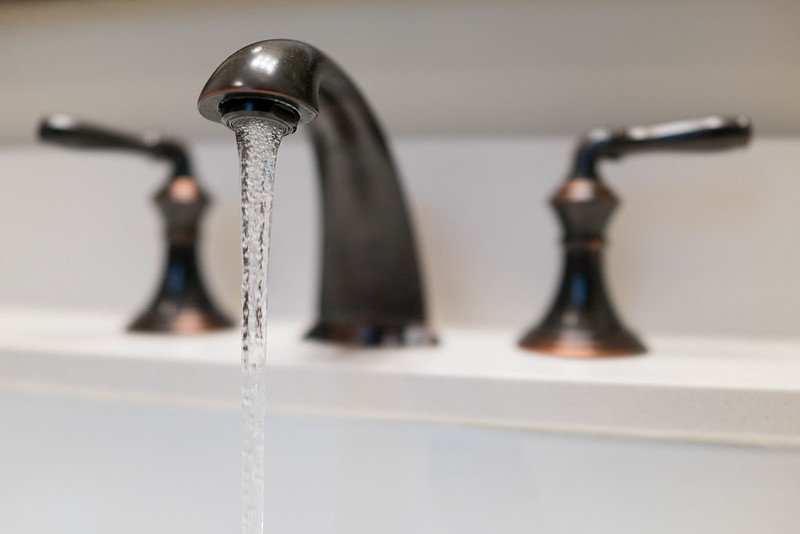Should I be dripping my faucets?
With an upcoming freeze, many of us are thinking about the need to drip faucets to keep our pipes from freezing, but we need to conserve. Here are the best tips we can find to help keep your pipes from freezing while conserving as much water as possible.
Updated
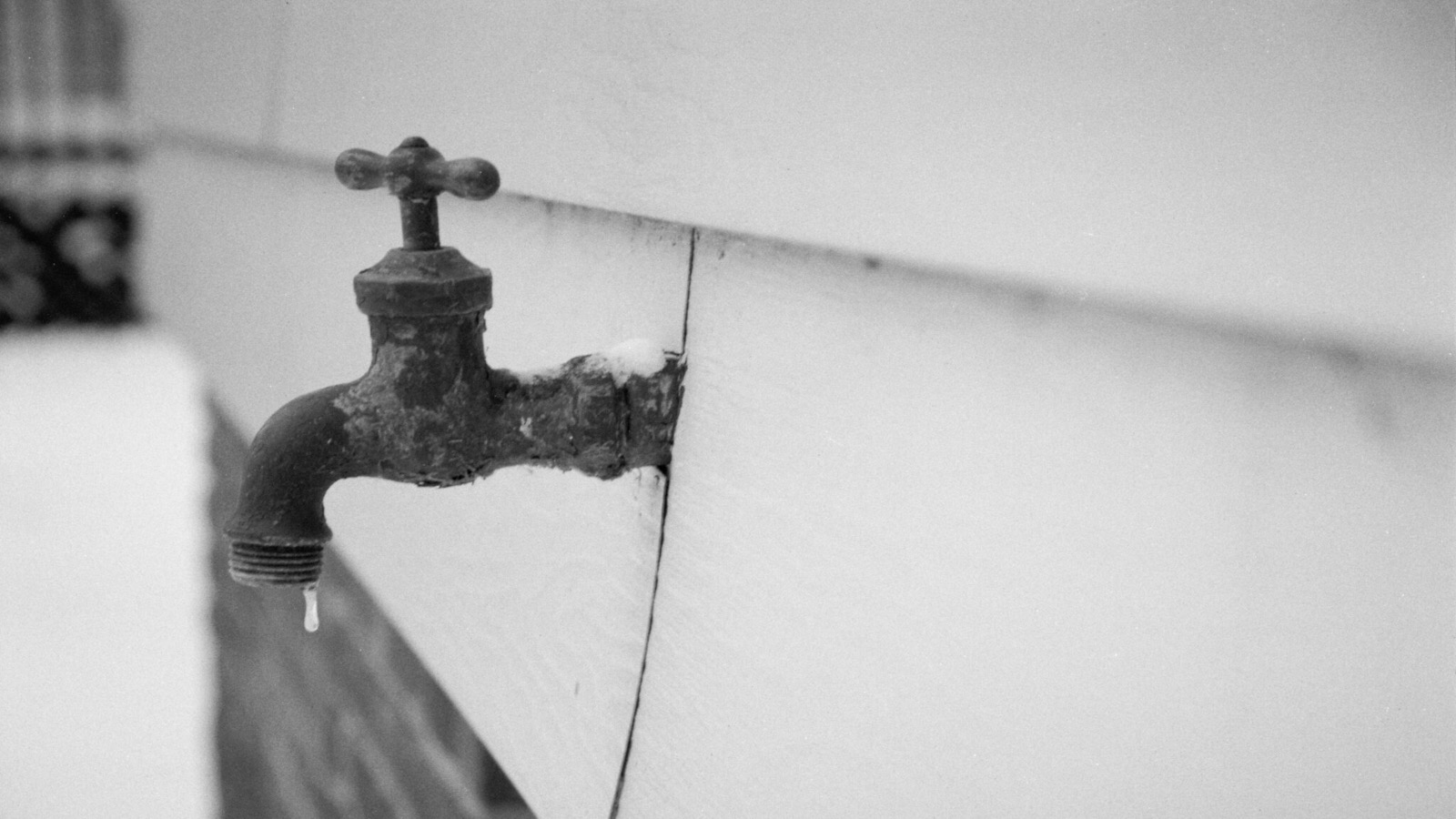
It’s that time of year again when Texas will be dealing with freeze warnings. With a major freeze expected across the state this week, we have been getting questions about the need to drip faucets to keep our pipes from freezing. With post-freeze warming, and a water supply crisis brewing across the state, the most important task at hand is to conserve as much water as possible. Hospitals and emergency services are relying on us. Here are the best tips we can find to help keep your pipes from freezing while conserving as much water as possible.
What can I do instead of dripping to keep pipes from freezing and conserve water for essential services?
- Open cabinet doors under sinks to make sure pipes stay warm
- Use microwaved blankets and rice filled socks to insulate outdoor pipes (be careful about this if your pipes are already frozen)
When do I need to drip?
Outside faucets – When the outside temperature is below 28 degrees for 4 hours or more.
Inside Faucets – In most parts of Texas right now, we shouldn’t be dripping indoor faucets. If when your power goes out AND it is below 28 degrees outside for 4 hours or more, a slow drip might be okay depending on your location
How much to drip?
Drip 5 drops a minute, which means no need to run consistently.
Do I need to drip if my heat is working?
We need to conserve water right now. If you are lucky enough to have heat, do not drip. Your heat will keep your pipes warm. If you have outdoor water pipes you can cover them in blankets to insulate them from the outdoor air.
What are my city’s recommendations?
State wide: The recommendation is generally to STOP dripping faucets if we are not in a freeze, particularly if your community is on a water boil notice.
Travis County – Drip if necessary, but try to conserve water
Houston – Drip if necessary, but try to conserve water
San Antonio – Drip if necessary, but only as a last resort
Austin – Drip if necessary, but try to conserve water
Arlington – Drip if necessary, but try to conserve water
Plano – Drip if necessary, but try to conserve water
Please check with your county or city if you are unsure. These recommendations may change as we enter the freeze!
—–
More information from the City of Austin:
Before freezing weather:
- Wrap all exposed pipes located outside or in unheated areas of the home.
- Remove garden hoses from outside faucets. Insulate outside faucets with Styrofoam covers, rags or paper.
- Cover vents around your home’s foundation.
- Know where your property owner’s cut-off valve is located and how to use it. Apply oil such as WD-40 to the cut-off valve before operating to prevent the valve from breaking. The valve typically is located adjacent to the water meter box under a 6″ metal lid.
In subfreezing weather:
- Drip outside faucets 24 hours a day (5 drops a minute). This is not necessary unless temperatures are expected to be 28 degrees or below for at least four hours. (Be sure to turn off the faucets after the threat of freezing weather.)
- Open cabinet doors under sinks adjacent to outside walls.
- In unheated garages, shut off water to washing machines. Water softeners should be drained and protected from freezing temperatures.
- During sustained subfreezing weather events, let water drip slowly from inside faucets.
- Take extra precautions to protect pipes that have frozen in the past.
Image credit: Andy Mudrak / flickr
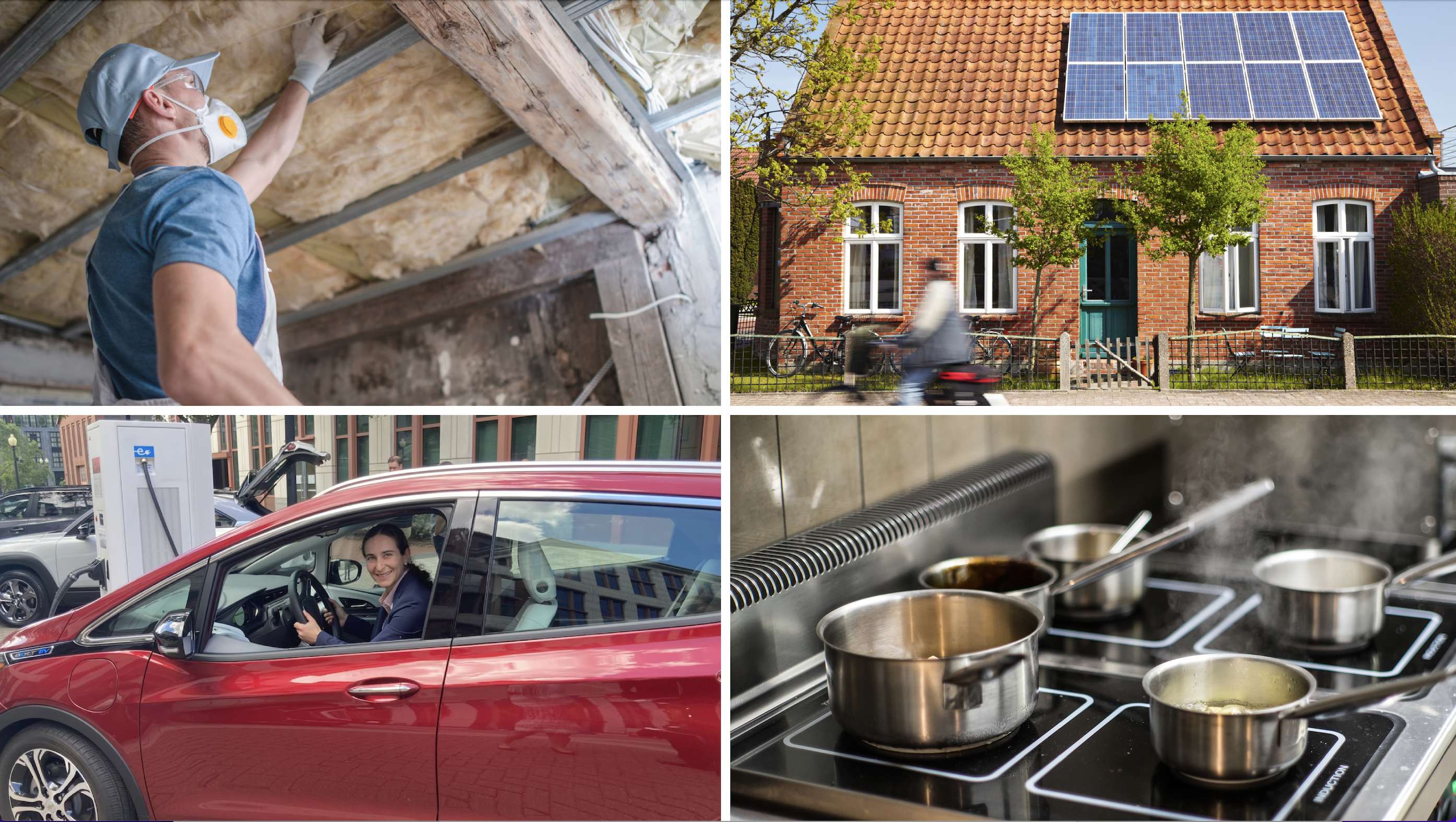
Clean Energy Home Toolkit
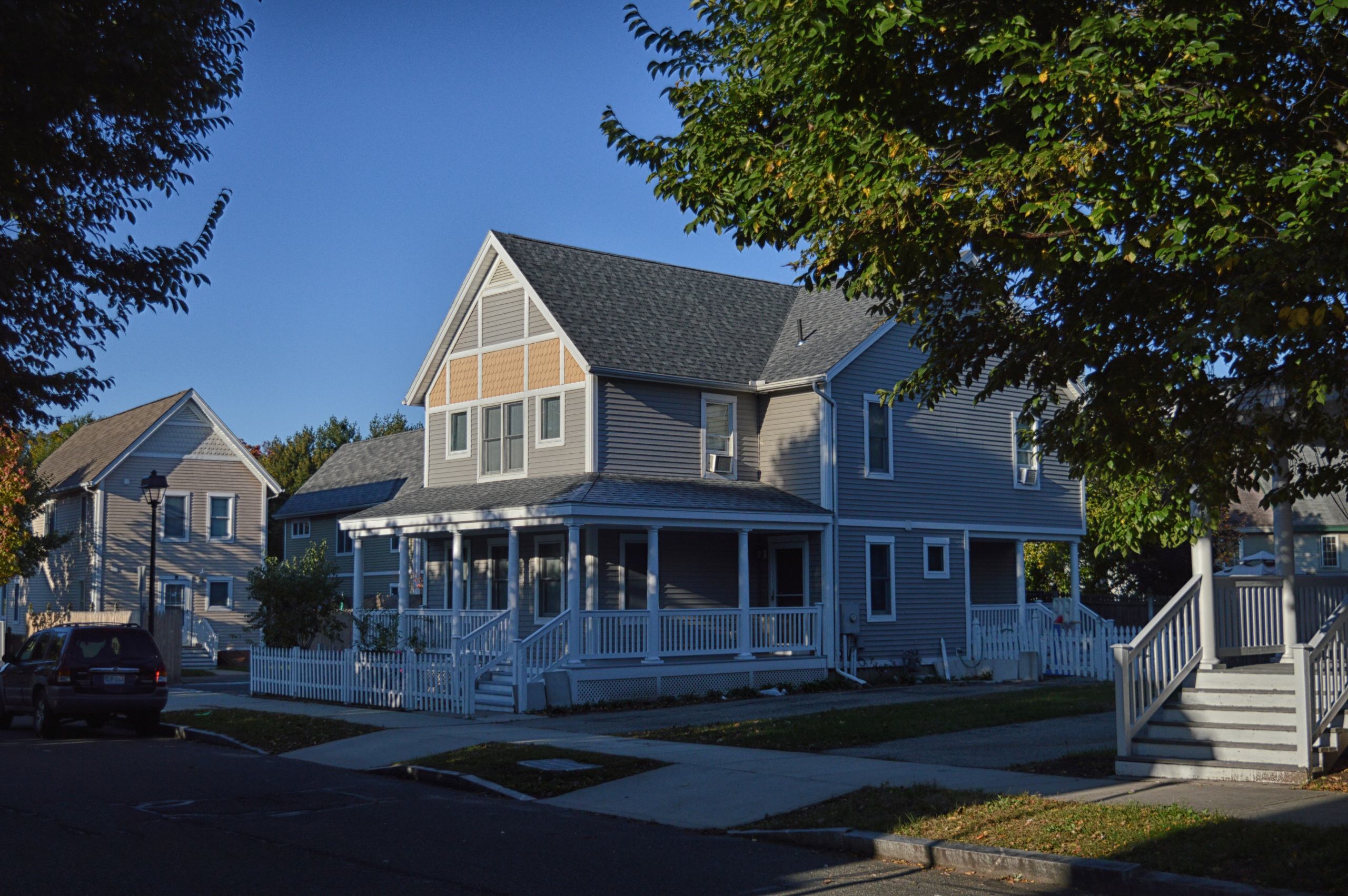
How to weatherize your home
Topics
Authors
Anna Farrell-Sherman
Michael Lewis
Former Clean Air and Water Advocate, Environment Texas Research & Policy Center
Find Out More

EPA proposes new clean water rules for meat and poultry polluters. What does this mean for Texas?

A look back at what our unique network accomplished in 2023
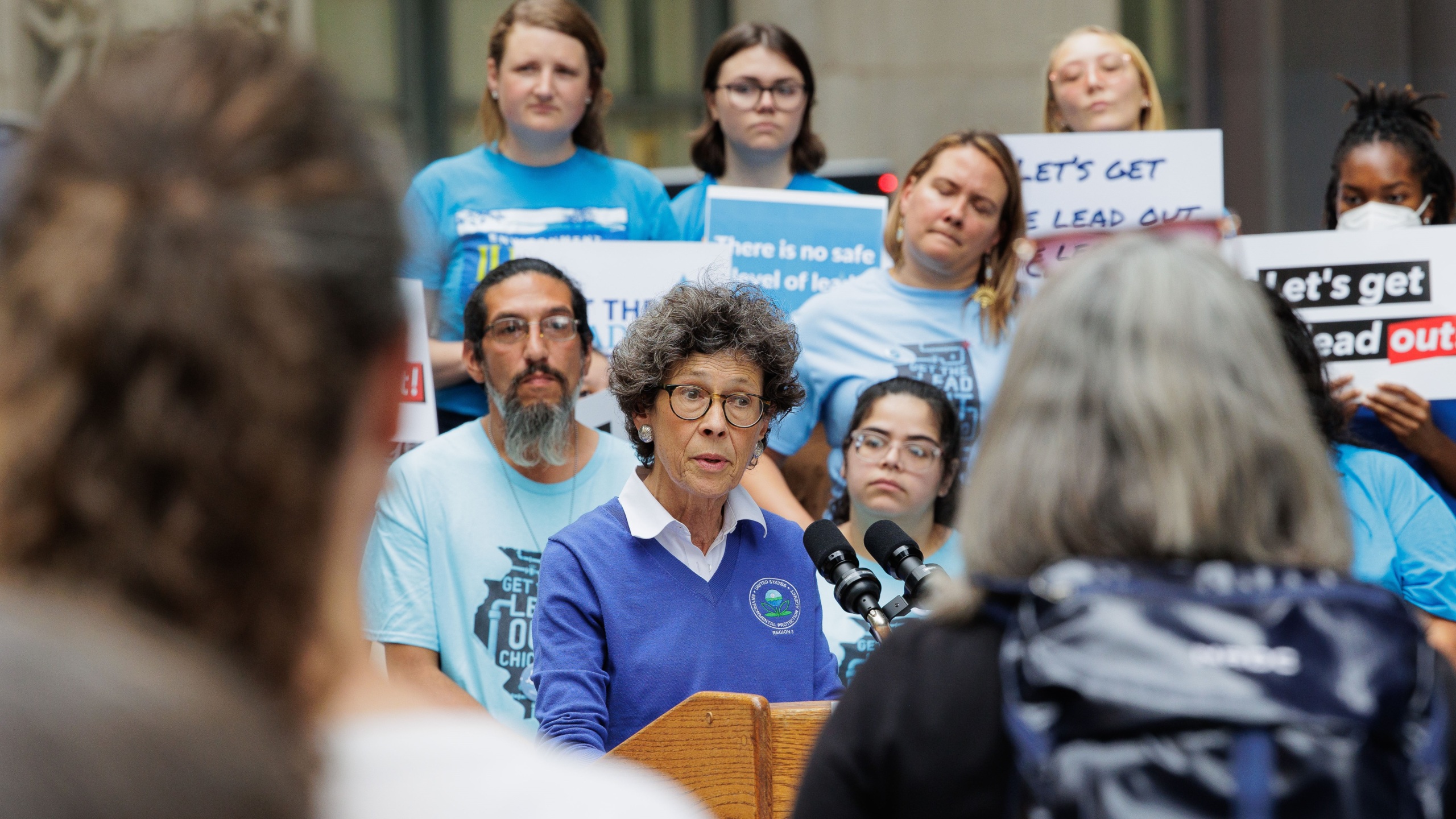
Chicagoans want to get the lead out
